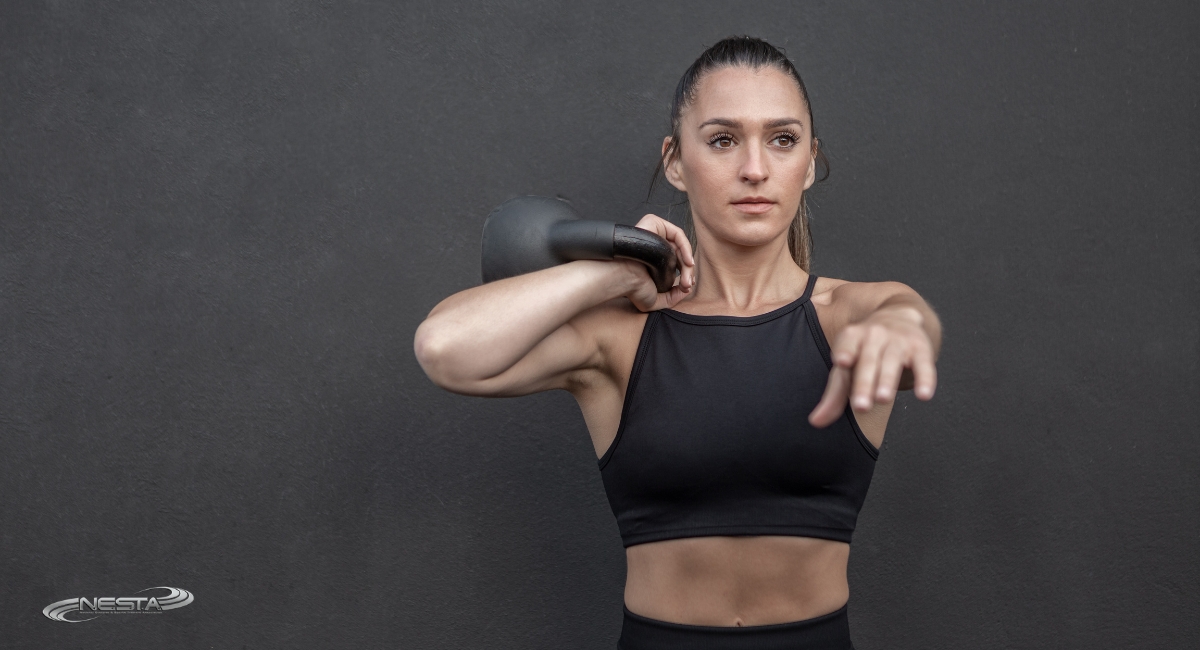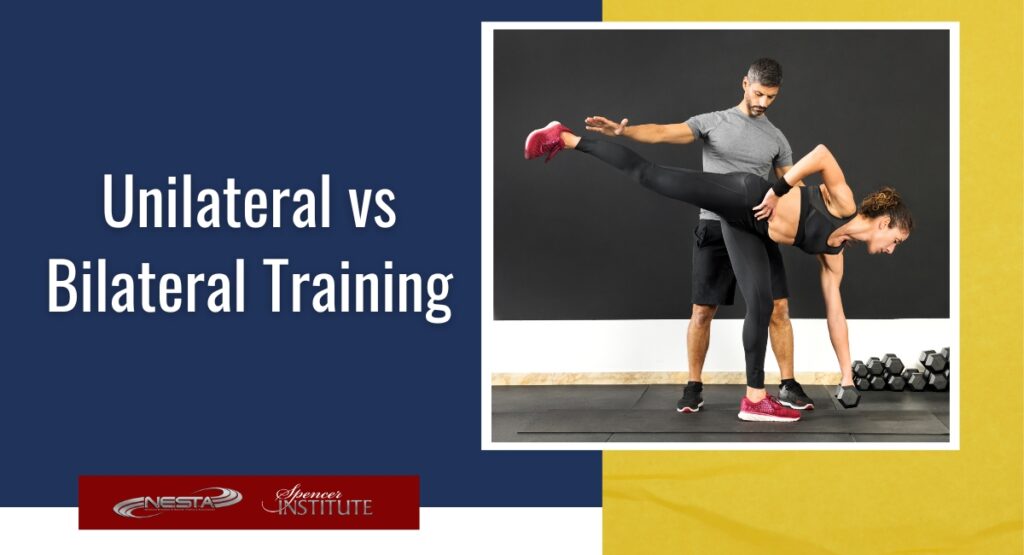
What is Unilateral Training?
Unilateral training is a type of strength training that focuses on performing exercises with one side of the body at a time. This type of training helps to improve muscular balance and symmetry, as well as allowing for more focus on each side of the body during each exercise. It also helps to prevent overuse injuries and muscle imbalances. Unilateral training can be done with body weight, free weights, and machines.
Benefits of Unilateral Training
One of the main benefits of unilateral training is that it helps to promote muscular balance and symmetry. Many people have a tendency to be stronger on one side of their body than the other. Unilateral training helps to even out the strength imbalances between the two sides, resulting in improved overall posture and performance.
Unilateral training also helps to target specific muscle groups that may be weak or over-trained. This type of training is especially beneficial for athletes because it can help to reduce the risk of injuries. It can also be used to improve the stability of joints and muscles, particularly when performing complex movements like running and jumping.
Finally, unilateral training is beneficial for improving balance and coordination. It is also an effective way to increase muscular endurance, as it forces one side of the body to work harder than the other. This type of training can help to improve overall physical fitness, as well as reduce the risk of injuries.
Unilateral Training When Injured
Unilateral training can help you to maintain or even improve strength and power in the affected limb while also helping facilitate the healing process. It is a great way to stay active while injured and can help to prevent future injuries. Unilateral training also helps to correct any muscular imbalances that may have contributed to the injury. Additionally, it allows you to strengthen the injured area by providing a safe and controlled environment for healing.
According to a study conducted by researchers at Edith Cowan University, training the limb on one side of the body helps prevent muscle loss in the same limb on the other side. They discovered that when subjects injure an arm, training the healthy arm helps reduce muscle atrophy and loss of strength in the injured arm.
Unilateral vs Bilateral Training
Unilateral training is more effective for rehabilitation than bilateral training because when you train one side of the body, you also stimulate the opposite side. This is called cross-education of the muscles: we indirectly stimulate the non-working side of the body to improve strength in the injured area.
Unilateral movements help fix strength imbalances, increase core strength, and recruit more muscle fibers than bilateral movements. They are a great accessory to any training program but cannot take the place of bilateral, compound movements.
How to Start Unilateral Training
In the beginning, you can train 1-2 unilateral movements per session, making sure to use unilateral exercise for most muscle groups or movement patterns. These can be done with little to no loading for movement prep or core training in a warm-up, or later in training sessions to increase muscle hypertrophy.
Example of a unilateral movmenets
While this list is far from complete, these 5 unilateral movements are a good start to balancing out any side-to-side dominance
- Lunges: A lunge is a great unilateral move because it targets the muscles in the legs and glutes on one side at a time. This helps to build strength and stability in those muscles, as well as balance and symmetry throughout the body. It also works the core as you stabilize and control the movement throughout the lunge.
- Step-Ups: Step-ups increase lower body strength and stability, and can be tailored to target specific muscle groups. They also increase the range of motion in the hip and knee joints, which helps improve mobility and balance. Additionally, step-ups can be done anywhere, and with minimal equipment, making them a great exercise for home or gym workouts.
- Single-Leg Deadlifts: The single-leg Romanian deadlift is difficult to perform well, but it’s worth the effort. You’ll improve your single-leg balance and reduce muscle imbalances. This can help lead to fewer injuries.
- Single-Arm Suitcase Carry: With the suitcase carry, you’ll only hold weight in one hand at a time. You’ll notice that the weight will pull your torso to one side. That’s called lateral flexion. Your oblique muscles work to prevent this flexion. With suitcase carries, you can train this mode of bracing your core without overloading your entire body quite as much.
- Dumbbell Unilateral Push Press: This full-body exercise transfers power from your lower body to your upper body, allowing you to lift a lot more weight. Because you can take a neutral grip and take advantage of the dumbbells’ freedom of movement, you’ll put less stress on your shoulder joints. This move has huge carryover to overhead athletes like Olympic lifters and throwing athletes.
Conclusion
Be on the lookout for future articles. You will also want to search through the archives of our blog because there are many other articles that go into great depth about a variety of topics. Here are two for you to check out now!
- Is It Better to Do Cardio Before or After Weights?
- 5 Simple Ways To Ease Sore Muscles After A Challenging Workout
There is always something exciting about earning a new training or coaching certification and applying that new knowledge of how you train your clients. This also helps you hit the reset button.
NESTA and Spencer Institute has been helping people like you since 1992. To date, over 65,000 people from around the world have benefited from our various certifications, programs, continuing education courses and business development systems. We are here for you now and in the future. Feel confident in your decision to work with us as you advance your knowledge and career. We are here for you each step of the way.
Click this link to see our complete list of programs (all of which qualify for CEUs for our programs and others).
That’s it for now.
Take action!
PS: Click here to see many helpful business/career resources






